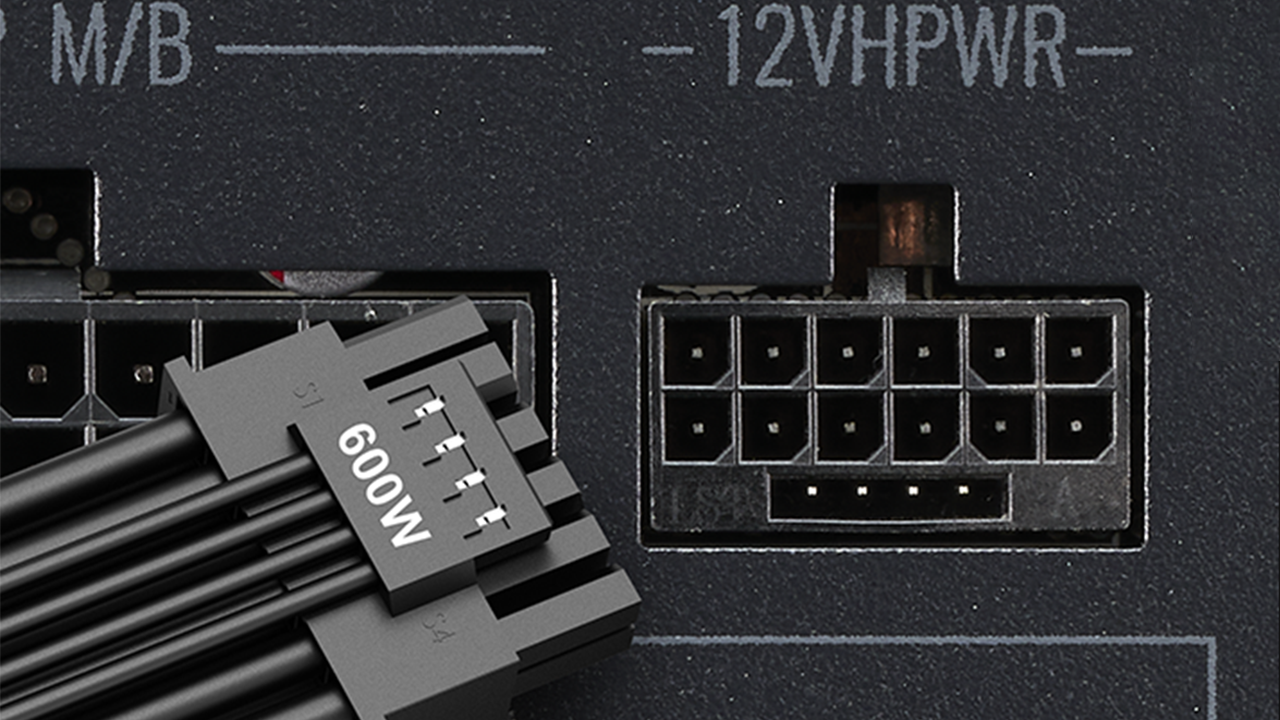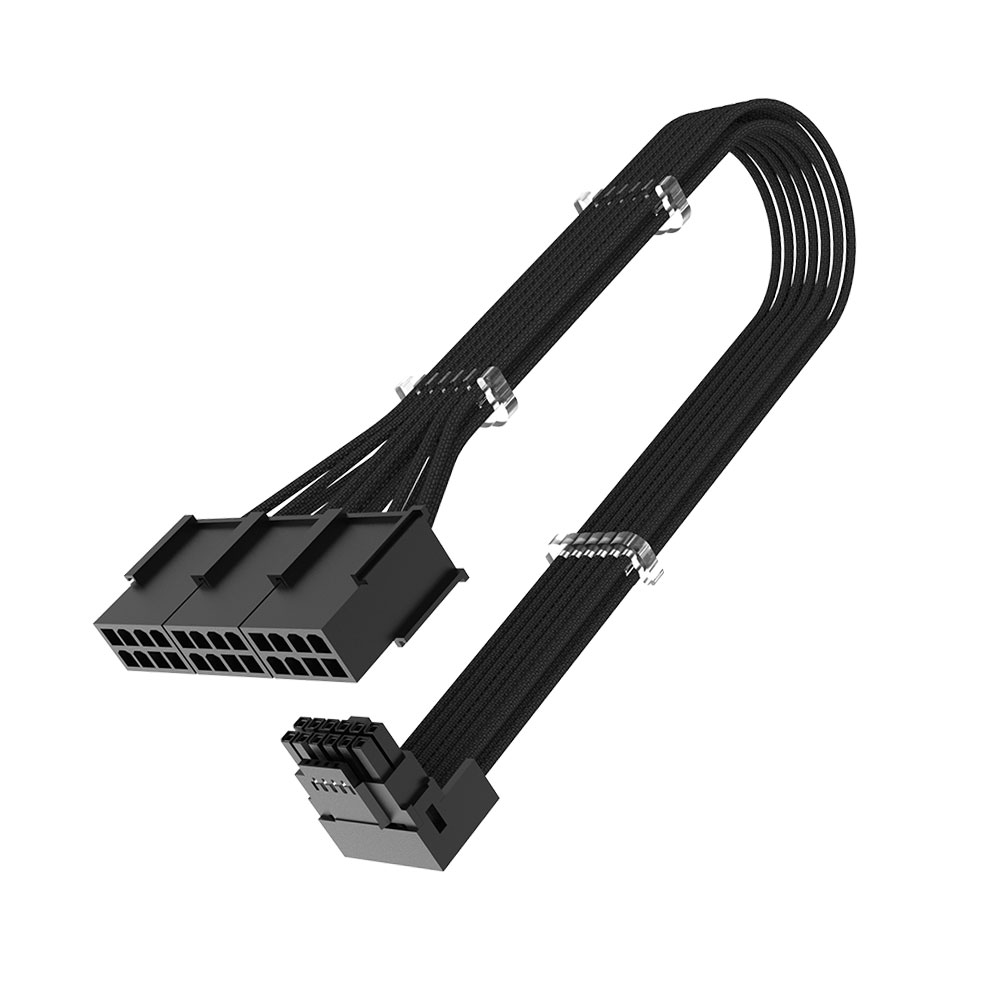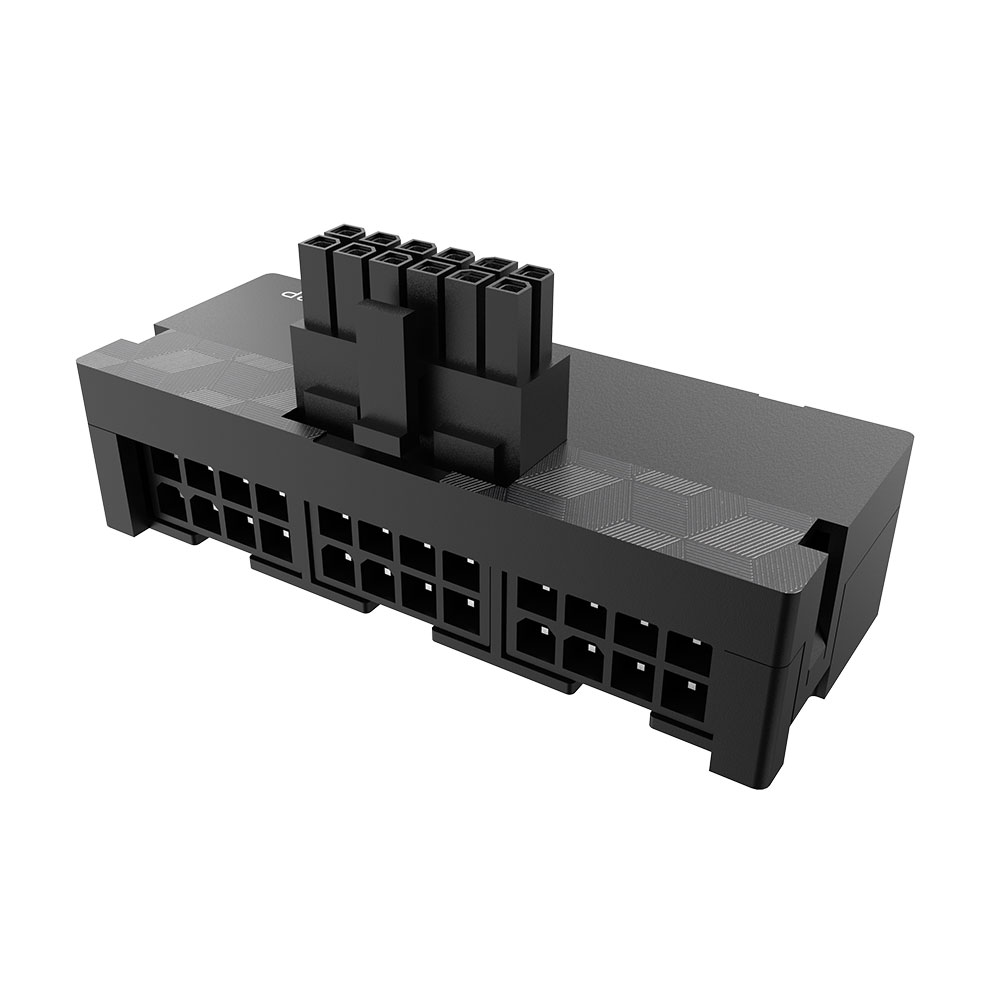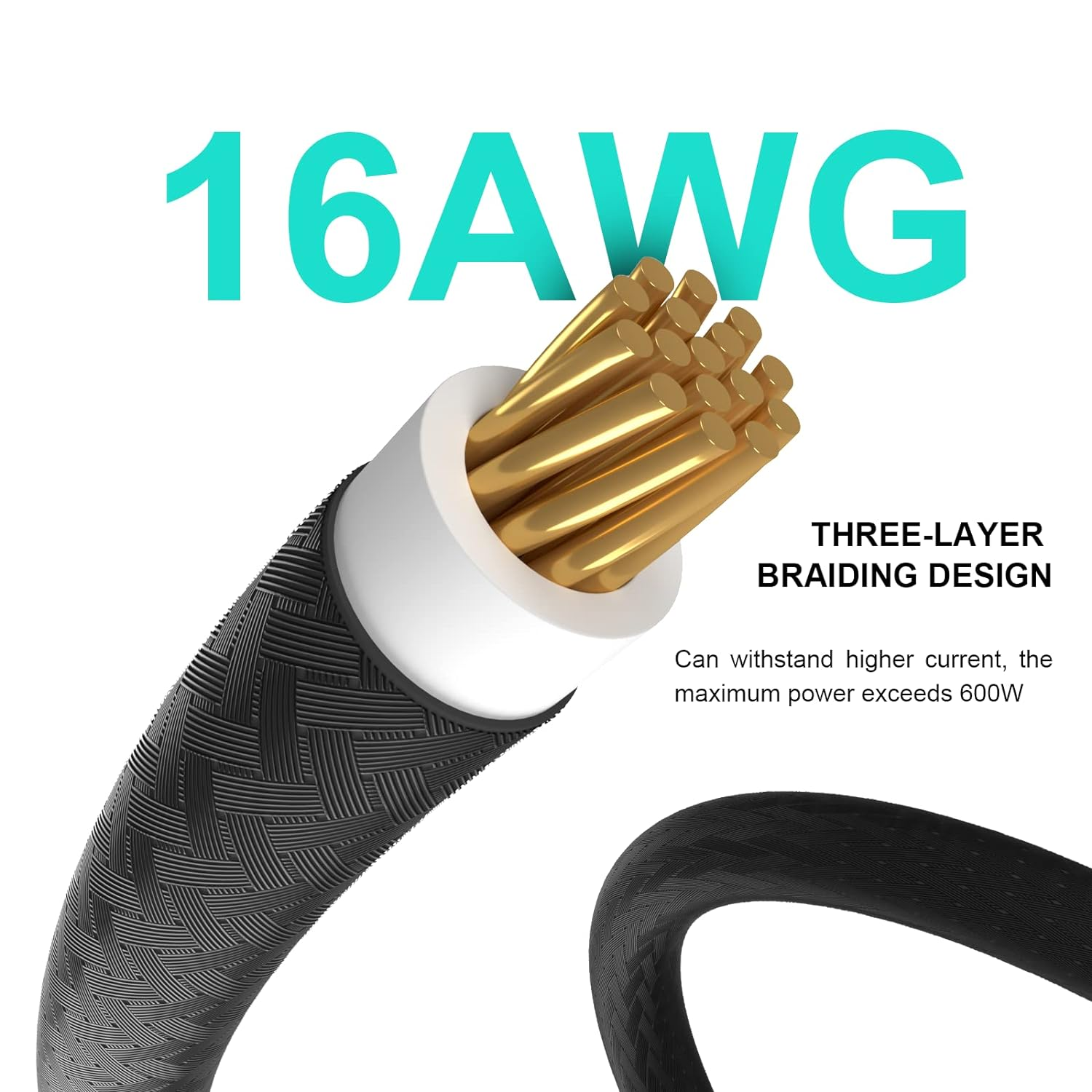
A flood of dodgy-looking 16-pin cables and converters have arrived at retailers, and Akasa is adding to the pile with two new converters, the 'G-Nexus P24' right-angled adapter and a 'G-Nexus PX24' cable adapter that is advertised as being able to convert three 8-pin connectors for a 'legacy' power supply into a PCIe 5.0 standard 12VHPWR PCIe 12+4P connector that's able to support up to 600W for the RTX 40-series cards that require it. Unfortunately, details about the connectors are light, and the lack of information makes these connectors feel more than a bit dodgy. This seems to be a growing trend.
The issue of poorly documented 12VHPWR converters and extensions isn't limited to Akasa. A slew of dodgy cables, adapters, and converters have popped up in online listings from lesser-known companies like Sirlyr, Ezdiy-Fab, Mod-DIY, Joyjom, and CY, among many others. Most of these vendors don't provide critical information, and it's rational to expect they will not help you with repairs or replacements to any equipment damaged by the connector.
Adding Another Point of Failure for Failure-Prone 12VHPWR Connectors


We'll use the two Akasa adapters as a reference, but the same concerns apply to several vendors making cables and different types of adapters. Akasa doesn't claim it complies with the PCIe 5.0 standard, but many cable makers do claim to be compliant with the cables they sell.
In any case, Akasa doesn't explain how it supports up to 600W from three 8-pin cables that are only rated to safely provide 150W each per cable (the spec calls for 525W from the cable and 75W from the PCIe slot). Akasa's PX24 listing recommends using three separate cables while avoiding daisy-chaining the PCIe connectors for the "best performance and safety," but no such precaution is recommended with the 90-degree P24 adapter.
The images from the PX24 cable adapter show the wiring and claim they use 16AWG wiring, but that could be inaccurate since the images are rendered. The company doesn't list any information about whether or not the cables meet the per-pin amperage requirements of the spec, and we certainly don't know anything about its right-angled connector.
Other cable and adapter makers are far more questionable, as their cables don't appear to use 16AWG wiring. They likely are not tested to ensure the correct amperage rating per pin-out. Many use Amazon to sell popular items that are made by OEMs that don't comply with ATX spec requirements, and we assume they won't have the best quality control. That is the worst-case scenario for an already bad connector design used for the RTX-40 series GPUs, never mind the RTX 4090 and maybe even RTX 4090 Ti.
This is where manufacturers shouldn't slip with a failure-prone 12VHPWR connector. Both cable and GPU makers could be clearer about the warranty support with the 12VHPWR adapters and converters.
We recently covered how Northbridge Fix claimed an influx of RTX 4090 cards with burnt 12VHPWR connectors, and he assesses that these failures aren't the result of user error. The first 12VHPWR connectors clearly weren't ideal, necessitating a newer 12V-2x6 spec that improves the thermal and electrical characteristics. Naturally, using unreliable cables and converters would drastically increase the chance of a failure.

Support likely won't be easy, either. At best, you'll end up with a tug-of-war between the adapter makers and the GPU service support for warranty. In this case, GPU makers will politely remind you that using such cables introduces another point of failure and, hence, voids the warranty. Adapter makers can either pass the buck on to you or claim that the cable may not have been connected properly, absolving themselves of responsibility. Or they can just quietly disappear into the night, for unknown brands that only recently popped up on Amazon.
Akasa's support mentions in the product list that, "To prevent incorrect operation and the risk of the connector overheating and melting, it's essential to ensure a complete and secure connection between connectors." That certainly gives the company room to blame user error.
A third-party repair job would cost upwards of $100 shipping both ways, with a risk that it might not be repaired despite the technician's best efforts, thus incurring a bench fee. If you're in the market for an RTX 4090, one of the best graphics cards, it would be a lot less hassle to get a PCIe 5.0 power supply and reduce the point of failure by using the supplied cable. Or, at the very least, use the Nvidia-provided cable, as that at least falls under warranty support.
NorthBridge Fix claims it is repairing roughly 100 GPUs with burned-out connectors each month, raising the question of whether or not those failures stem from AIBs refusing to honor their warranties due to the unsanctioned use of unapproved connectors and adapters. Perhaps the flood of dodgy cables and converters at online retailers is part of the problem.







